The Ultimate Guide to Permalink SEO: How to Rank Higher With Proven URL Tactics

It’s no secret that it can take a long time to rank on the first page of Google.
And with each passing year, it seems like there are more elements than ever for webmasters to consider in the neverending climb to the front page.
But with all the changing and updating, there are some elements of SEO that you can rely on to always help you improve your rank on a results page.
One such element is the permalink.
There’s a good chance that even if you don’t know what a permalink is, you’ve been taught a few of the best practices already.
This part of your site and how it contributes to your SEO cannot be understated, and it’s worth your time to dig a little deeper into how you can use them effectively.
So in this post, I want to provide a guide that helps you establish permalinks that will act as a cornerstone of your content for years to come.
And to kick things off, I want to show you what a permalink is and why you should start optimizing them immediately.
How permalinks affect SEO
Permalinks are the full URL that users and search engines see when navigating through your site.

As the name suggests, permalinks are permanent even if you update the content on the page.
You can think of it like you would your physical address.
You have a number, street name, city, state, and zip code in that case.
Unless you move down the street, your address will stay the same forever.
The same sort of principle applies to a permalink, but in this case, you’re talking about your website.
It has a distinct set of parts that tells a web browser which page to navigate to and display on your screen.
In fact, there are at least six distinct parts of a URL.
You have the protocol:

This tells your browser how to transfer data over the Internet.
The domain name then follows the protocol:

This where your website comes into play and is navigated to.
Then, you will sometimes see a port:

Generally speaking, this element is omitted because it’s a redundant signal of the protocol.
Next is the filename or post name:

This dictates where on your site the user is navigating to.
If they’re navigating to a blog post or a product page, this is the part of your URL that tells the browser or Google’s crawlers where to go.
From there, you have a set of parameters:

You can think of this part of the URL as a conversation between your site and a search engine.
If you use canonical tags or robot.txt for your SEO, this is where the magic happens.
Last but not least is the anchor:

This is a shortcut that can allow a user to skip to a particular section of your content immediately upon loading in.
So with a permalink, you have to decide which elements you want to include in daily use on your site.
That’s where the debate on optimizing permalinks starts.
To see what different formats your permalinks can take, check out the Permalinks option on your WordPress dashboard.
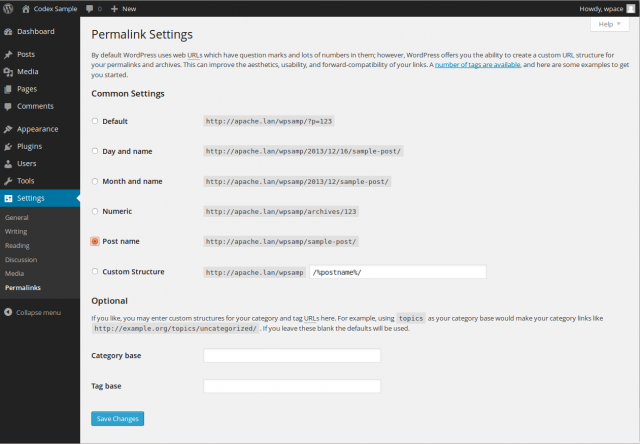
But why is all of this important?
First of all, Google considers the URLs you use on your website to be a ranking factor.
That means that the permalinks you use and the structure you decide on adopting is ultimately an SEO signal.
Coupled with the fact that URLs are meant to signal what the contents of a page are about, it’s absolutely vital to ensure that your permalinks are helping instead of hurting.
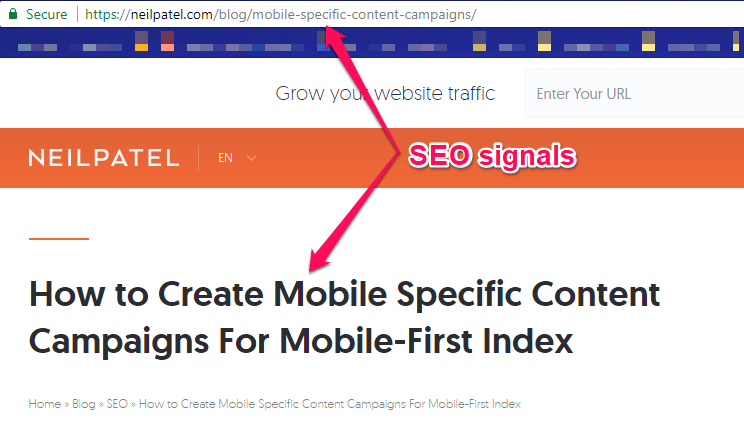
My permalinks are custom-made to match the title of my content closely.
It’s just one of the many ways you can attempt to signal how relevant and reliable your page is to Google’s crawlers.
But as with many SEO topics, there are a few technical aspects that you’ll need to consider to make sure your permalinks are contributing to your overall SEO strategy.
I want to show you six proven tips that will help you make sure that your URLs are boosting your SEO and helping you reach the first page of Google.
By following these tips, you’ll be able to create a long-term strategy that should be usable for years to come.
And to kick things off, you should decide on one stable structure for your permalinks that never changes.
Tip #1: Keep a consistent structure
Deciding how to structure your URLs can be difficult.
You’ve already seen the different options that WordPress will let you pick from, but which is best for your SEO?
Should you use the default settings, or include your post name?
These are questions that webmasters have been asking for years when the answer has been in front of us since 2010:
In this video, Google’s Matt Cutts breaks down what he thinks when looking at a URL structure.
In short, he claims that picking one structure over another won’t exactly correlate to a direct SEO influence.
Instead, your URL structure is more a question of UX.
The best way to approach creating a structure for your URLs is to think of it like you would your site architecture.
When you build a site, you want your pages to create a natural flow for your users. That’s referred to as information architecture.
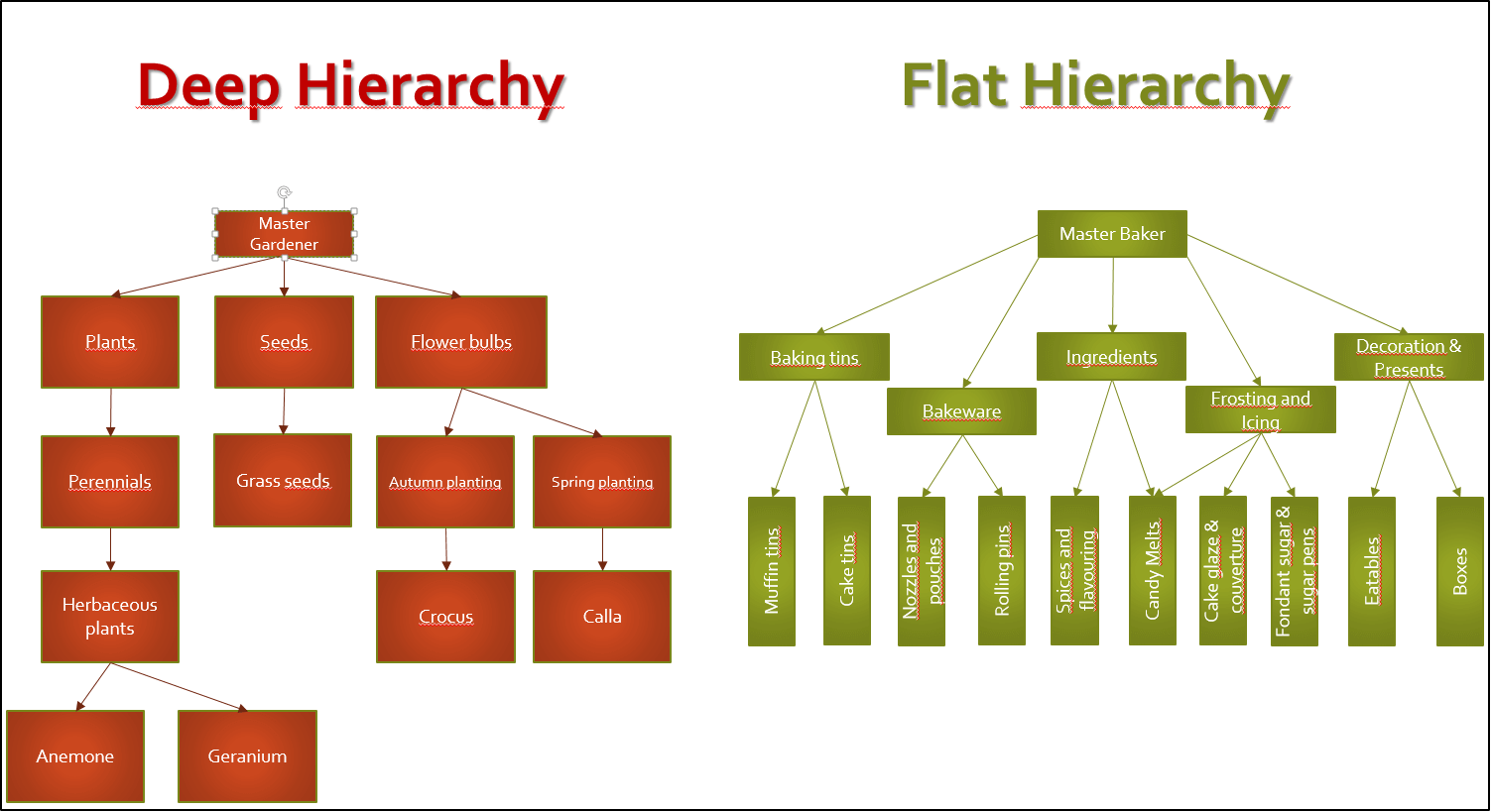
When creating your site’s architecture, you need to build it so that a user can easily find what they came for.
That includes creating a hierarchy of links that follow a similar format to your architecture.
When building that hierarchy, you need to do what works best for your users.
So for the sake of user experience, your game plan should be to establish a universal structure and then stick to it.
Think of this process like you would a silo on your site.
In many instances, a website with poor architecture and unoptimized permalinks could look like a jumbled up jar of marbles.

The information architecture and permalink structure on your site should attempt to make these marbles show up in different jars.



Or, it should at least put everything in one jar so that it’s easier to understand what’s what.

This metaphor applies to both your product pages and your content.
As you’re building out this user-friendly site structure, you should also be concerned with how your URLs imitate this flow and help users further understand your site.
For example, you could break down each section into categories based on which level of your site they appear on:
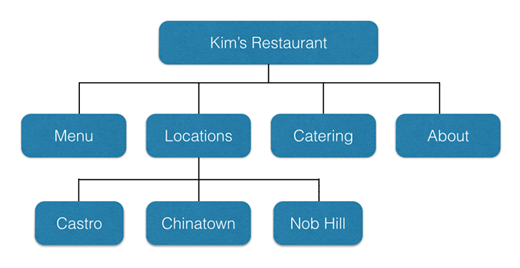
When your permalinks follow a similar format to your site structure, it allows both search engines and your user to use your site better.
By merging your permalink structure with your site’s architecture, your user should be able to create much more in-depth content structures that allow every aspect of your site to flourish.
If you want an excellent example of how this could look, check out how the journal makers at Moleskine have created a structure on their website.
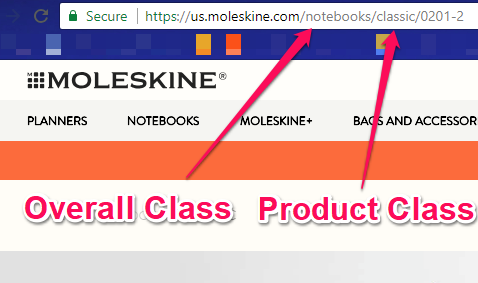
When you navigate to a page that displays a particular line of their journals, they break down the URL into a specific path.
This helps the user understand where on the website they’ve navigated and allowed Google to understand the structure of the website accurately.
Then when a product is clicked on, the URL breaks into a hyphenated description of the product based on keywords.
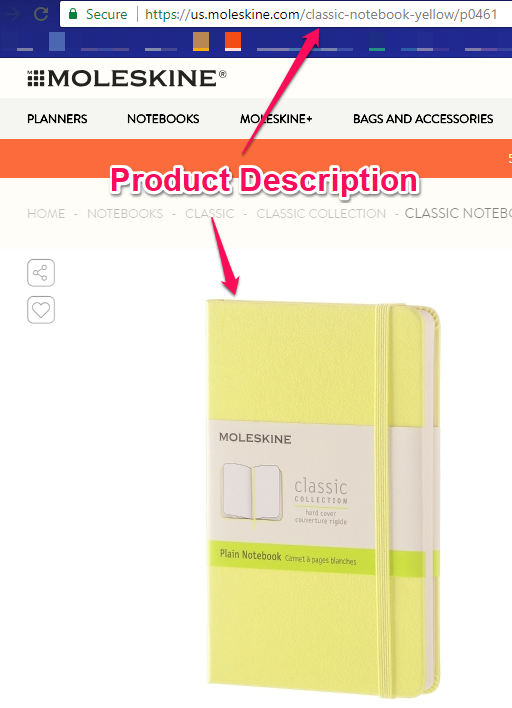
Once again, this makes it easier for the user to know what to expect on the page.
And Google has an exact understanding of what’s on the page, as displayed by this screenshot of the search results for “Yellow Notebook.”
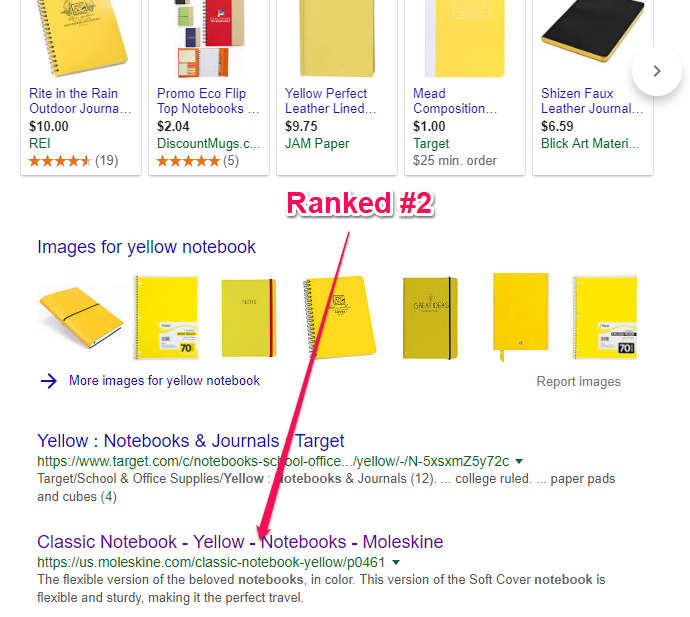
By creating a set structure, Moleskine helps both their user and Google understand where they are on the site.
These early URL signals ultimately create an easier user experience and have landed them at the top of the search engine results page.
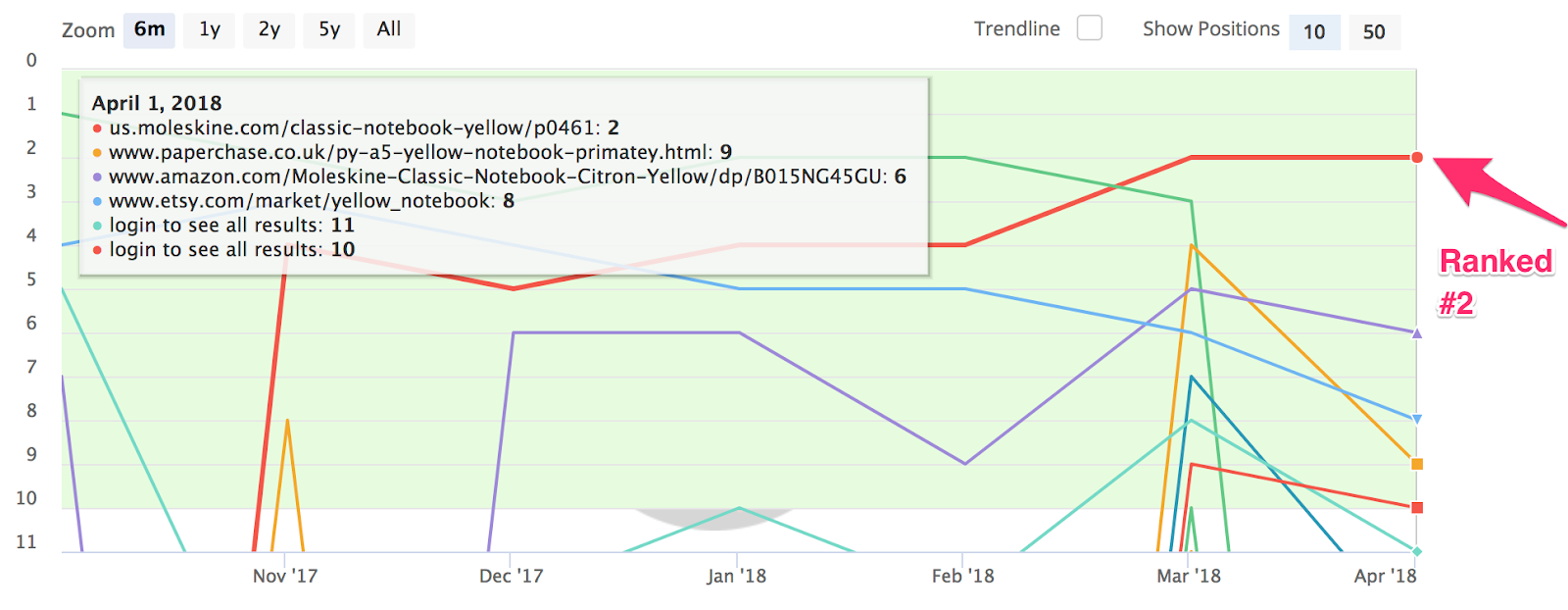
If the structure were jumbled and confused, both parties would have a harder time navigating and understanding the site.
You should also avoid dynamic URLs generated by your website’s content management service that looks like this:

While search engines have no trouble indexing this type of URL, it’s not the most friendly URL to read or try to remember.
It also doesn’t allow you to include a keyword or establish the site architecture I’ve been showing you, which means your SEO will take a hit.
Thankfully, there are tools you can use such as the Mod Rewrite Generator from Generate It!.
All you have to do is input the dynamic URL and let it create a rewritten version.
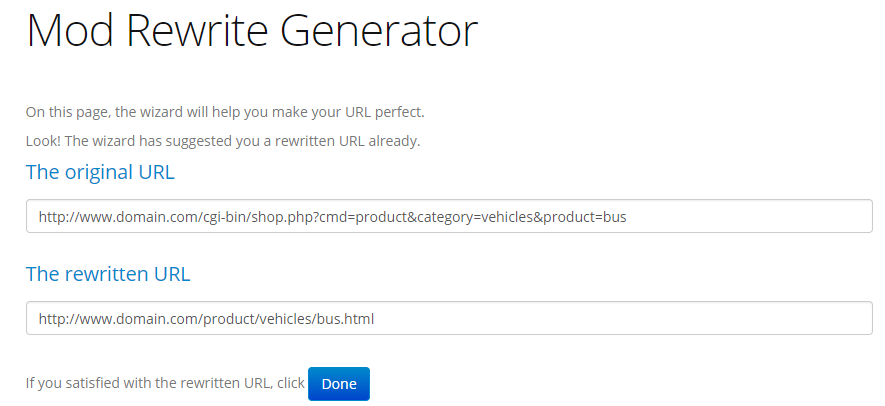
Once the URL is rewritten, you can add or remove from the cleaner rewrite.
When you’re satisfied, click done and follow the outlined steps to ensure that your new static URL is used on your site.

Creating a smooth URL structure throughout your site is the best approach, and can potentially help get you results like this.
At the very least, it will help you remember where products or content are on your website, and will undoubtedly make every other tip in this post easier to implement.
Tip #2: Use a keyword rich URL
Once you’ve figured out the URL structure for your permalinks, you need to start considering how you’re going to incorporate keywords in your URLs to boost your SEO.
Much like the keywords that you use on your blog or product pages, keywords in your permalinks help Google understand the content on your page.
So whenever possible, it’s a good idea to use a keyword in a permalink.
Creating a consistent keyword strategy in URLs paid off in the long term as shown in one case study.
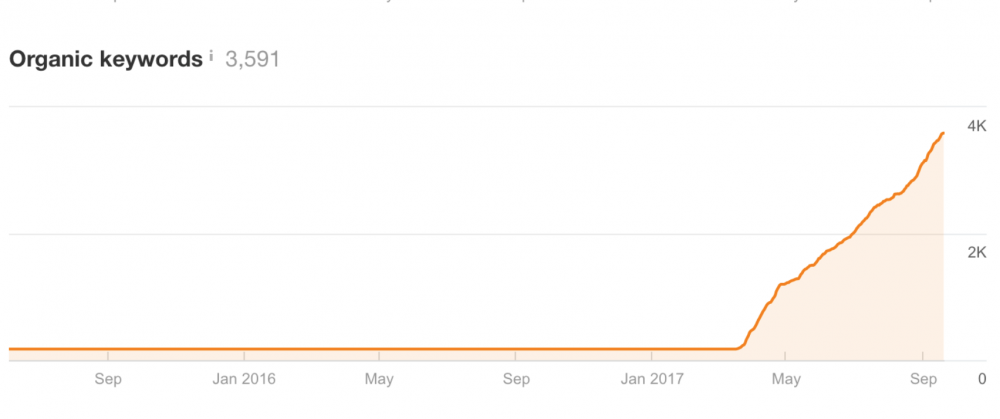
The brand was able to rank for more than 3,000 organic keywords, and even saw a sharp rise in organic traffic as their strategies started to take effect.
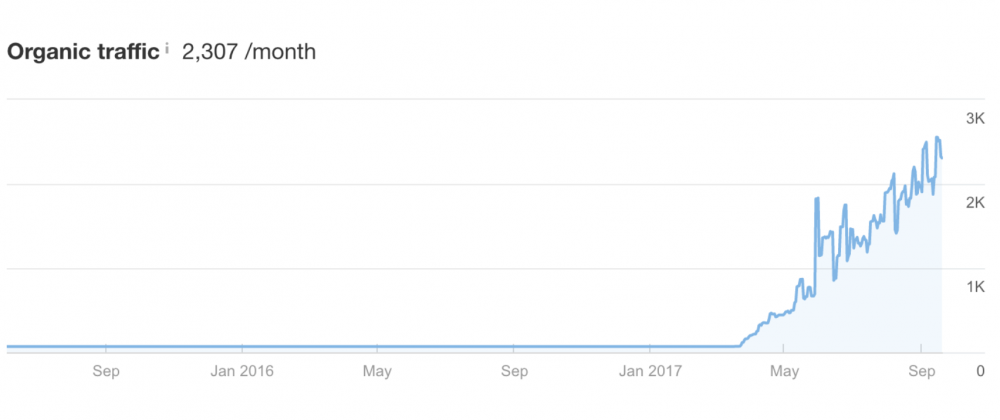
As of today, they average more than 2,000 visitors each month because of their overall keyword strategy.
But how do you determine which keywords you should use to help your SEO?
In this case, I recommend using a tool like SEMrush to find search volume statistics for various keywords.
Say you have a website that you plan to use to sell pianos.
You could simply type “pianos” in the search bar.

You’ll be navigated to a dashboard where you can select phrase match or related keywords that break down the search volume for each word or phrase on a monthly basis.

By clicking through to either report, you can also get a more in-depth analysis of your keyword options.

Use this list to create your own strategy for keywords.
You can also dig deeper by searching again for some of the keywords you find in your search.
Make sure you incorporate long-tail keywords and low competition keywords as well.
When you create your content or product page, use a relevant keyword in your URL to help signal to Google what your page is about.
Or, you could also buy a URL that has a specific keyword you want to rank for.
Once you’ve chosen the top keyword you want to rank for, navigate to Google Domains and see if the URL is available for purchase.
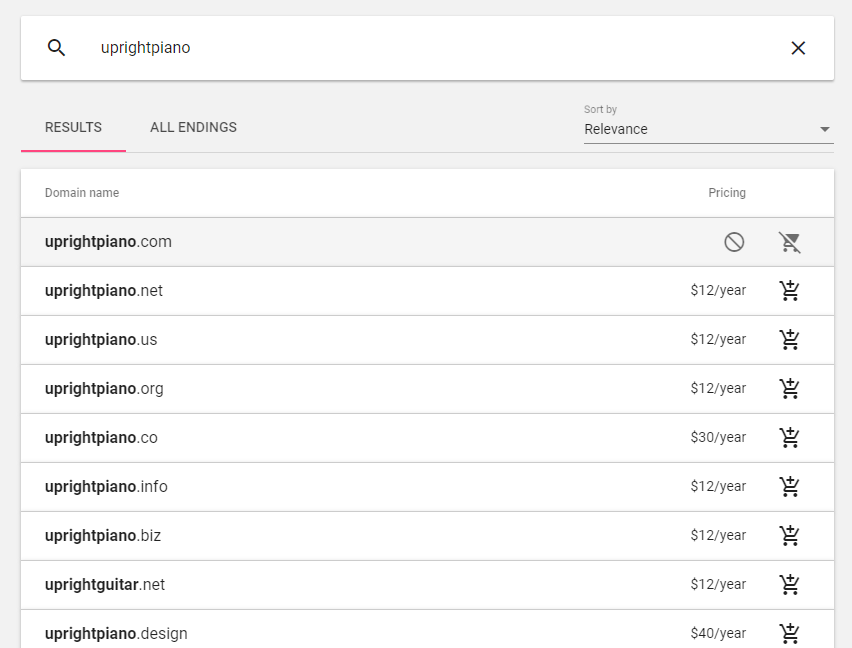
In this case, I decided to search for the words “upright piano.”
While uprightpiano.com isn’t available, other options like the .net or .co options are for sale.
By buying this URL, you send an immediate signal to Google and your visitors about your site’s content.
And if you can’t find the URL you want, I highly recommend checking out this guide.
By creating an exact match URL, you’ll be in a better position to outrank your competition so long as you maintain a high-quality website.
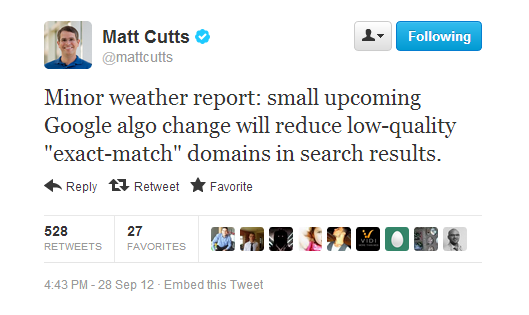
Exact match URLs used to be a broad strategy that saw some less optimized sites ranking higher than others.
While that’s no longer the case, it can still help you stand out to Google and potentially rank you higher than your competitors.
For an excellent example of this, look no further than the deal site Hotels.com.
When you search for “hotels” on Google, they rank in the number one position.
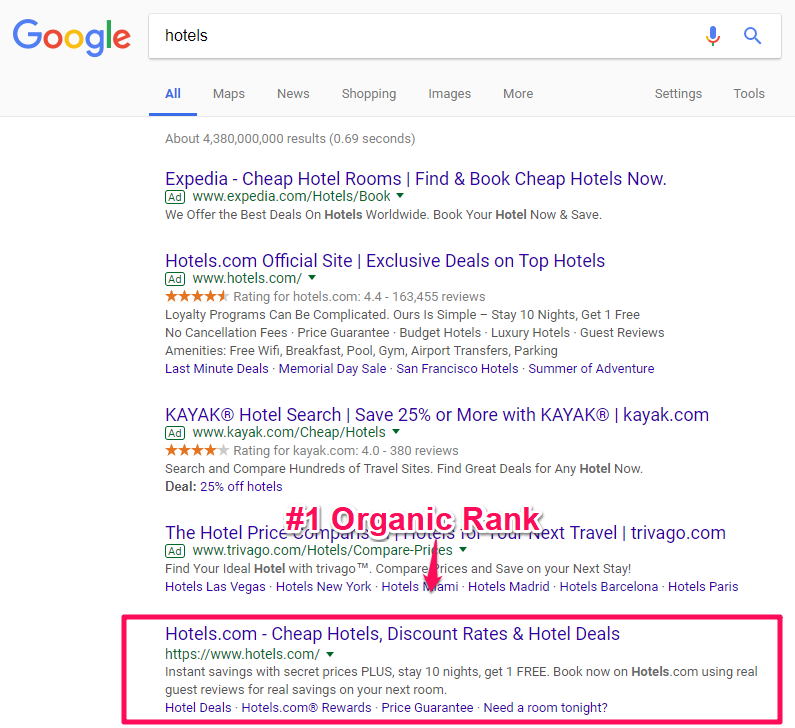
While this won’t immediately rank you higher, it’s another way that your URL can give you a slight edge with the right conditions.
And even if you don’t use an exact match URL, finding the right keywords to include in your permalinks will help you start ranking for more keywords and see more organic growth.
Your URLs will be more memorable, and you’ll always have your target keyword included in every page on your site.
Tip #3: Use shorter URLs
When starting to fine-tune your permalink structure, you should always aim to use a more concise URL structure to help your SEO.
The average URL on a number one ranked page is only 59 characters long.
That’s not a lot of space to work with, but it can have a serious impact on your SEO.
That same study also shared an experiment that showed how shortening the title and URL of a page sparked a jump to the front page of Google in only 15 minutes.

When averaging eight words or less in your title and URL, there’s a serious increase in page rank that accompanies it.
In a recent video, I was asked this very question by one of my audience members.
I explained that a shorter, keyword rich URL tends to rank you higher in Google.
You’ll get more brand queries, and you’ll have more instances where your visitors remember the full URL they visited.
One marketer even reported a sharp jump to the first page of Google when his brand shortened their landing page’s URL by only 25 characters.
That means users will be more likely to share or come back at a later time.
I also explain how long URLs can pigeonhole your topic and could potentially make Google either ignore them or rank them for less inclusive searches.
So using the right practices when shortening a URL can help your SEO.
But when shortening your permalinks, you can’t just use a service like Bitly.
Bitly is a popular URL shortener that helps you track clicks on your website or social media by converting the URL to a more character-count friendly version.
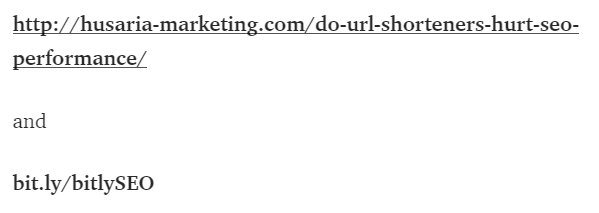
This type of URL shortener was wildly popular when Twitter was still using a 140 character limit, but they’re not that great for permalink SEO.
All these shortened links do is act as a 301 redirect that allows a third party to help you track links.
While you don’t lose all of the link juice from one of these, it’s not as impactful on your SEO as using your own permalink.
Instead, consider using a shorter structure like the post name option in your WordPress settings.
This helps you emphasize your keyword to the search engine you’re trying to rank on, and it achieves the ultimate goal of a shorter URL.
This is why I use my name as my brand.

All together, my website’s URL is only 21 characters long.
It took years of work, but people now consistently search for Neil Patel when they want to find my content.
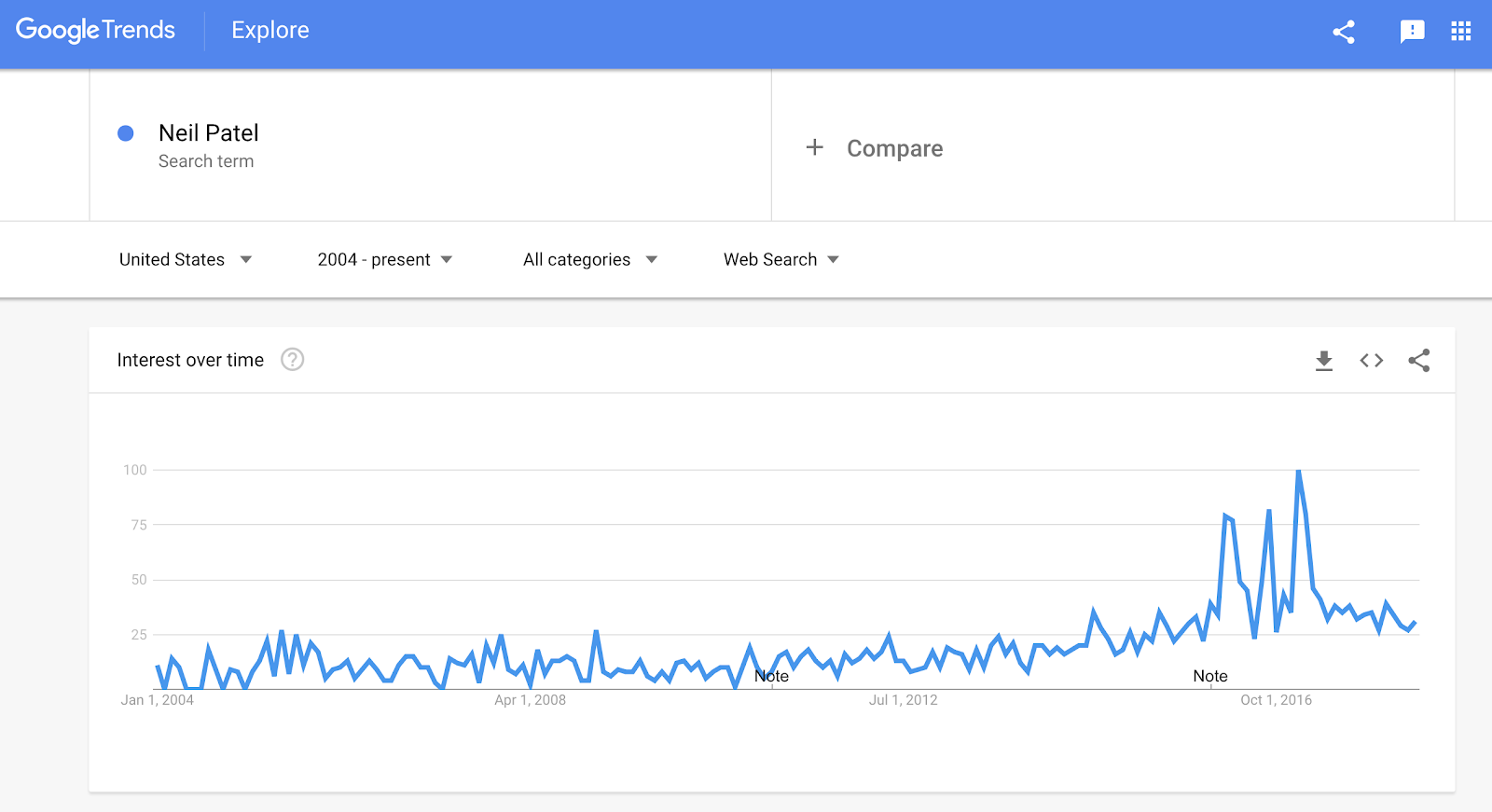
If I were to use a longer or different URL, I could potentially have a harder time ranking for my own name.
And when you look further at individual pages in my blog, you’ll notice that my URLs are still as short as possible.

I keep them relevant to the topic of the post, and I typically avoid using stop words to keep the URL as short as possible.
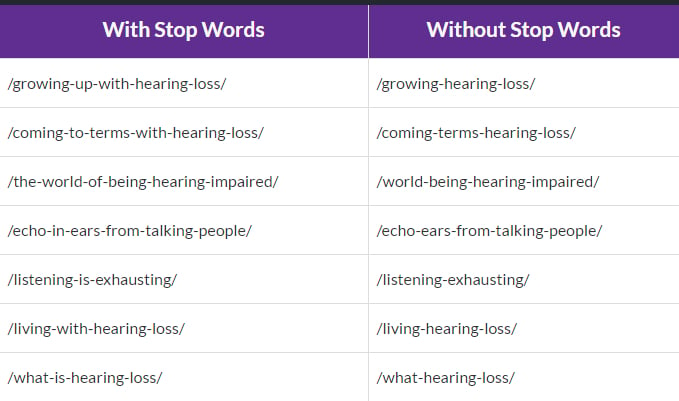
While this might risk a more awkward URL, it ensures that nothing but my domain and relevant post information appear.
It’s just another way that you can keep your URLs short.
And ultimately, this practice can help your permalink SEO and boost your organic search traffic.
Tip #4: You don’t always need a www. or a .com
This fact may surprise you, but the common tags most people use for a website aren’t necessary for permalink SEO.
In fact, one case study found that pages with a .com had a harder time ranking on the front page of Google than other domain name extensions.
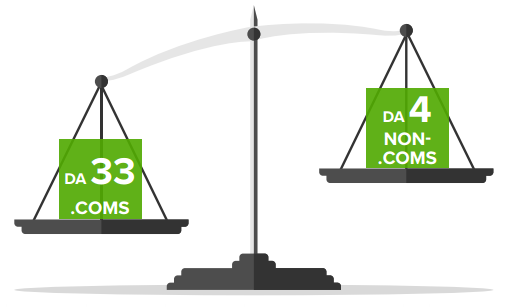
That means it could be in your favor to consider buying something other than the .com version of your domain.
And whether you use the “www” extension on your site is entirely up to you as well, but should be consistent across the board.
That element depends on what you set as your Preferred Domain in Google Search Console.
Just select the site settings option on your dashboard.

Then decide whether you want your site’s preferred domain to include or exclude the www.
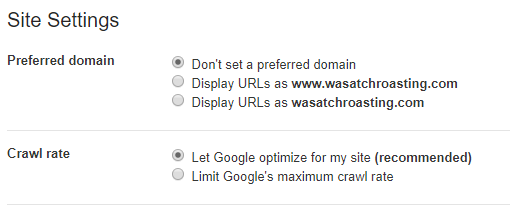
You can then remove the “www” extension in the general settings of your WordPress site to make sure everything is consistent.
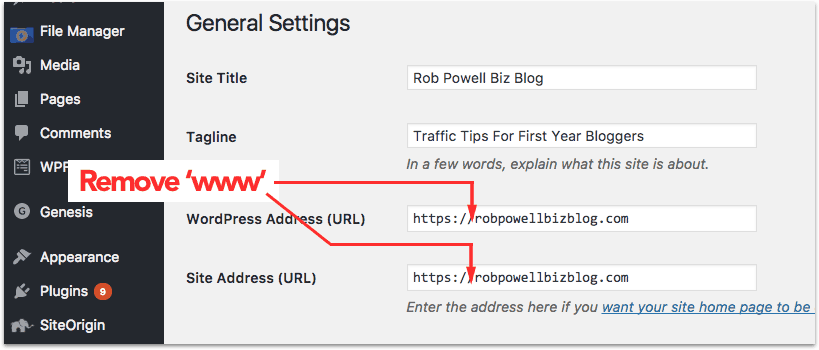
When you do this, it signals to Google that it should prioritize and display your site without the www extension.
While this may be mostly cosmetic, it’s another way that you can shorten your URL and optimize your user experience.
Consider dropping the www. or using a domain that doesn’t use a traditional .com if it allows you to keep a shorter URL or tap into keywords that are easier to remember for your audience.
Tip #5: Avoid dates in your URL
If you ask most SEO what they think of dates in a URL, they’ll tell you they were never very helpful to begin with.
And a recent case study backs up this belief beyond all doubt.
Harsh Agrawal from Shout Me Loud recently decided to test the effects of retroactively adding dates to older content.
He went back and added dates on posts that ranged from 2008 to the present day, and immediately saw a sharp decline in organic traffic.
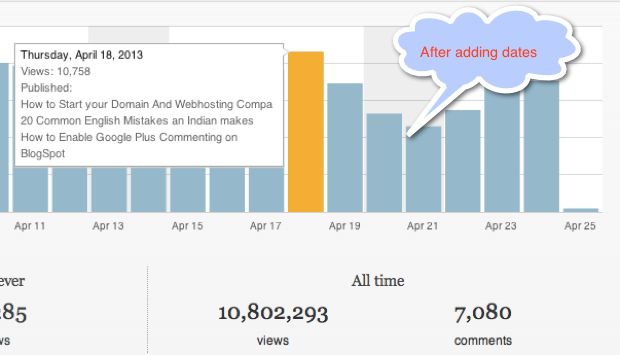
Keep in mind that this is on old content that had been providing steady rates of traffic for years.
By merely adding a date, users were seemingly opting to find what they saw as more relevant and up-to-date content.
Harsh also saw a drop in overall keyword rankings, which only cemented the results of this test.

The key to remember here is that people tend to look for more updated posts, which can affect your organic traffic and your bounce rate in the long run.
Keeping the date out of your permalink structure can help you rank higher and win more organic traffic as time goes on.
If you want to include a date, publish it in the actual blog post and make sure to update the content frequently to keep it fresh and relevant to your audience.
Tip #6: Start using HTTPS
Using HTTPS is just a good idea in general when it comes to your site.
This protocol uses an SSL certificate to help give web users peace of mind when sharing potentially sensitive data on a website.
And it’s essential to your permalink SEO because it’s been an SEO signal since 2014.
But recent changes have made HTTPS more important than ever for online brands.
In April 2017, Google announced that it would be improving the Chrome browser’s alerting system on sites that only use the HTTP protocol.
They created highly visible notices designed to warn their users about the security of the site they’re on.

So when a user sees red pop up in the URL bar, they’ll be less likely to share their personal information with you.
That means instead of interacting with your site and sharing contact or credit card information, they’ll bounce.
That ultimately hurts your SEO even more, so it pays to take the extra effort and utilize HTTPS on your site.
If you want a service that can do all of this for you hands off, I recommend looking into Let’s Encrypt to ensure all user data stays safe.
By using a complex system of checks and verifications, they distribute SSL certificates that help keep your business and your customers safe.
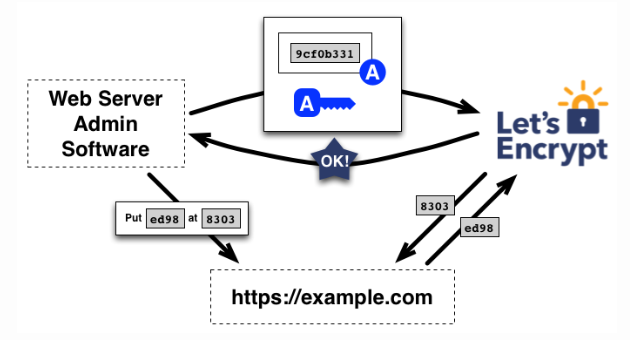
As of early 2017, they averaged around a half million SSL certificates each day and peaked at over 1.2 million in December 2016.

By adding SSL certificates to your site, you’ll be doing your SEO and your audience a favor.
The extra piece of mind will help you continue to build your site’s presence with confidence in your user experience and security in the years to come.
What to do if you can’t change your URL structure
For brands that have established URLs but want to improve permalink SEO, you may be a little nervous about tampering with your permalink structure.
And this isn’t without good cause.
You should always take great care when making significant changes to your website, as you don’t want your existing SEO to take a hit.
Thankfully, there are still actions you can take that will allow you to change your URL structure and not lose your previous organic rankings.
First and foremost, you’ll need to decide on your new structure and make the necessary changes in WordPress.
Then, you’ll need to create 301 redirects to make sure that your old content is directed to the proper URL.
And despite what you may have heard, 301 redirects do not lose page rank.
That means you can set up your 301 redirects with a service like Pretty Links without risking your hard-won ranking.

All you have to do is add your target URL or the old permalink, and then amend it to the new Pretty Links version.
One brand even experimented with their 301 redirects by removing many of them from their aged content.

They saw an immediate drop in traffic because of it and started seeing an immediate improvement when they added them back.
You can salvage much of your older content with 301 redirects and create a permalink strategy that will help your business tremendously in the long run.
As a part of a greater permalink SEO strategy, you’ll be much better situated to focus on other SEO matters that can help you climb the search engine rankings.
Conclusion
Permalink SEO may not be at the top of your SEO to-do list, but that doesn’t mean it’s not important.
Your URLs have a direct and lasting impact on your site’s SEO, so it pays to be methodical when you start trying to make your way to the front page of Google.
Start by determining the structure you want to use and then keep your URLs as consistent as possible.
You should also take some time to do some keyword research and make sure that you’re trying to rank for the right words and phrases.
It’s also a good idea to buy a keyword-rich URL from the start, if possible.
Once you’ve set a structure and found your keywords, your next goal is to keep your URLs as short as possible.
This will keep your permalinks memorable and easy to understand.
You can also consider dropping domain extensions like the www or .com to keep your URL even shorter.
Next, you’ll want to make sure you avoid using any dates in your URL.
This practice has never seemed to help, and the data indicates that it can even hurt your SEO.
And last but not least, start using HTTPS to secure your user’s experience on your site.
All of these tips will help you boost your permalink SEO and create a long-lasting strategy that will yield positive results.
And if you’re on the fence about transitioning your older site to a new structure, don’t hesitate to use appropriate 301 redirects.
In the end, you’ll have a more well-rounded SEO strategy and a uniform structure for your site that will make future growth that much easier.
Have you seen improvements from an optimized permalink structure in your experience?
The post The Ultimate Guide to Permalink SEO: How to Rank Higher With Proven URL Tactics appeared first on Neil Patel.
from Neil Patel https://ift.tt/2IJfDa9
No comments